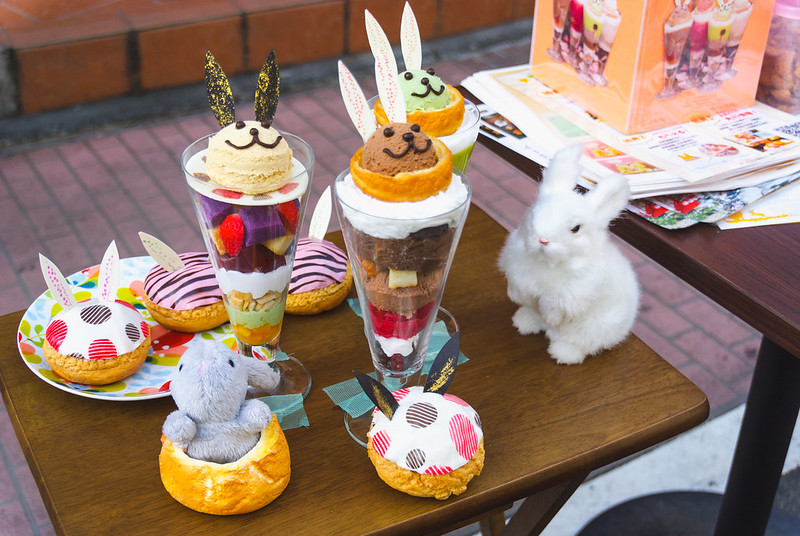
Japanese Kawaii Culture
Kawaii means cute, lovable, or adorable in Japanese. The kawaii phenomenon has become an important factor in defining Japanese culture. It has influenced Japanese entertainment, pop culture, toys, food and clothing, and at times even the appearance and behavior of people.
The root word of kawaii is from the kanji word ka (acceptable) and ai (love). The origins of the definition can be traced to the wolrd’s very first novel , The Tale of Genji by Lady Murasaki, where it initially referred to disappointing traits. In the Shogunate period, the term was used to describe women as docile. Over the years, kawaii has come to mean desirable, cool, and charming as well.
Cute bear stuffed toys.
Kawaii is present in many aspects of Japanese culture since its immergence in the 1970s. This was evidenced by Japanese teenage girls’ writing style. Traditional Japanese writing is vertical and varies in thickness. When using mechanical pencils, calligraphy strokes would be in fine lines, and teenagers would add cute drawings and write characters that appear big and round. These characters were very difficult to read, and this form of writing was banned in many schools. In the 1980s, however, the “cute” writing style was picked up by magazines and comic books as well as by advertising and product packaging.
The author of Cool Japan, Tomoyuki Sugiyama, believes that cute fashion can be traced all the way to the Edo Period with netsuke: miniature Japanese sculptures worn by men to store tobacco, money, medicine, and other personal belongings.
Kawaii has become a global sensation. The Sanrio company gained monumental reach when they marketed Hello Kitty to a worldwide audience. The kawaii culture is no longer limited to teenagers. Neither adults nor children can resist anything cute.
Kawaii dog wagashi.
The Japanese market, with its extensive Kawaii merchandise, caters to all age groups. The Japanese government has embraced this phenomenon by using the cute characters as national mascots. Nippon Airways even has some of their planes painted with Pokémon characters such as Pikachu.
Other notable Kawaii characters are Domokun, My Melody, Snoopy, and Kirby. The Japanese Foreign Ministry appointed singer Yu Kimura, model Misako Aoki, and actress Shizuja to be Kawaii taishi, or “Cute ambassadors,” to promote Japanese pop and kawaii culture overseas.
Kawaii is certainly present in various anime and manga creations, such as chibi characters. If you’re interested in learning more, KCP International has a four-week summer term of Japanese language plus anime-manga. For more, visit our site.


